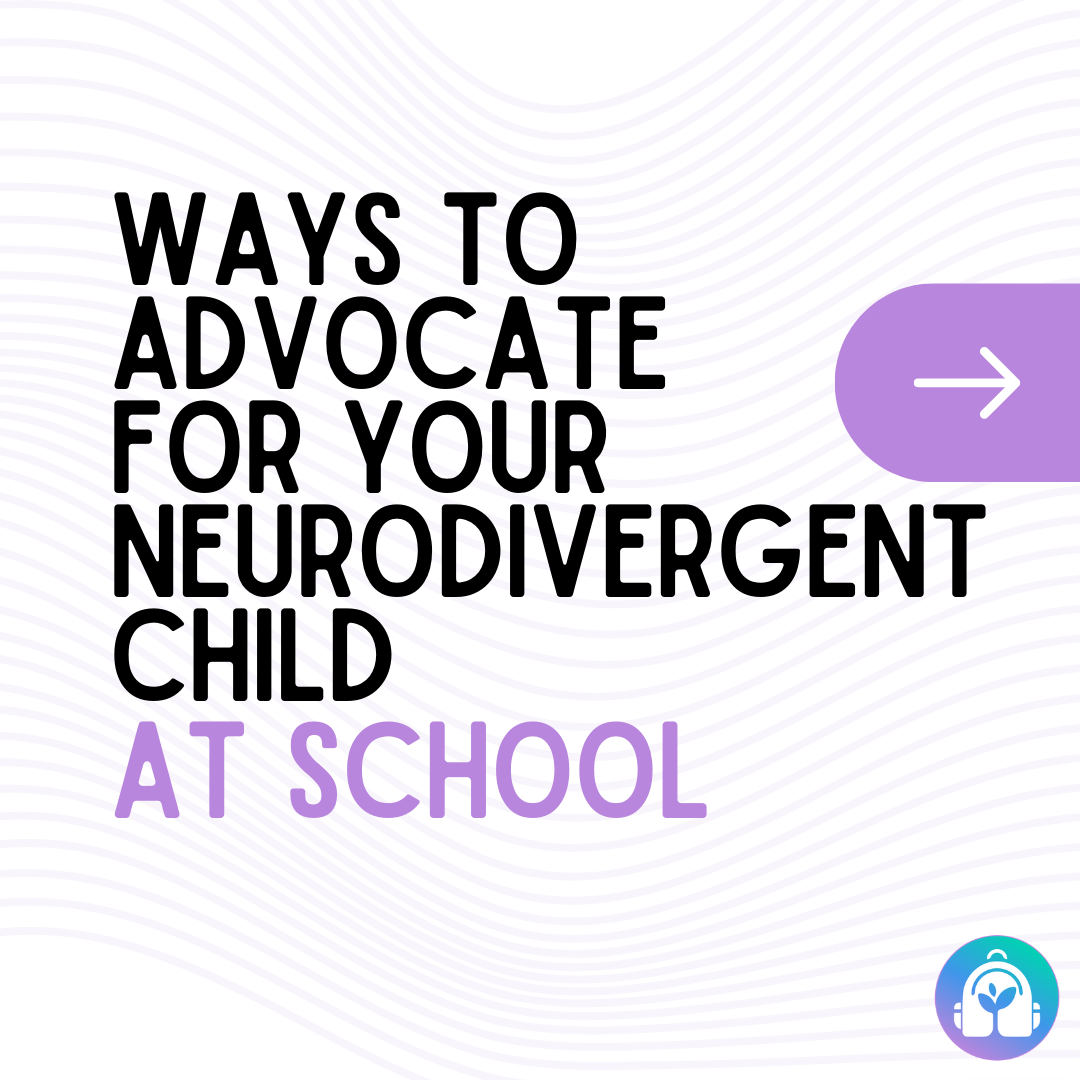As I was writing my previous post on the topic (https://3ppsychologies.com/2020/03/21/resources-51-online-tools-and-10-activities-for-psychologists-working-with-children-online/), I came up with other suggestions so I thought I would these together here.
- Watching a video together – You can do that by sharing your screen with the child and present the video. In YouTube, you can search for different videos related to the colours of the Zone of Regulation program such as videos about anger when searching for red zones of regulation. Make sure you watch the full video prior to ensure it is appropriate for the age of the child. There are different videos for younger and older children. https://www.youtube.com/playlist?list=PLXXlw5bZYnCqtq03LaaeNuxAcHozkUfag
2. Puppets or little people – You can ask the child to get some teddies or little people they have in the house and develop stories with these. You could also have puppets and talk through the puppets during the session. You can develop a story or write a story together with different characters and perspectives.
3. Cartoon strips – You can develop together (either on the whiteboard or on paper) scenarios of different situations that happened and then change these into a different scenarios with either a different social response or a different thought. This can really the child to see a situation in a different way as well as the therapist being able to exactly depict what happened in a specific situation.
4. Eliciting strengths – You can design a character with a specific strength – like a kind character, a playful character, etc. and then discuss in what situation the character could help. Similarly, you can draw together a poster with different bubbles outlining the child’s strengths.
5. Lego – You could ask the child to build something out of Lego either a house, a school, etc. and then build a story around it with different characters, little people or Lego people. You can the parents to prepare a box of Lego for the session.
6. Information and Activities – You can send some worksheets/activities prior to the session for the child to have a look at. Please do not assume the family is able to print, if they do, that’s great. If they cannot print, you could still use the template to guide your session and talk about the topic. You can even make your own with the child either on the whiteboard or on paper. Whatever you do, you can send via email at the end of the session. If the child draws or does an activity, you can ask the parents to store it safely or put it in a place where the child feels comfortable with.
7. A Calming Drawing Activity – You can set up a drawing activity, they draw and you draw something different or similar, depending on the situation. For example, you could both have a mindful drawing sheet, different (one found in the house) or similar (one sent prior to the session). Whilst you are drawing, you can be talking to each other, “How was your day, how are you, what about Mum, Dad”, etc. and be together sharing a “space”.
8. Sing together or watch a Sing and Dance video – for example, a child may like the Wiggles, you can share this video on the screen and watch it and dance together.
9. Posters – Create a poster for the fridge or the bedroom – together on whiteboard or the child does it alone and you are commenting. This could be an emotional regulation poster with different strategies for example.
10. Closing the session – It is important to set a rituals to say goodbye. You may want to think how to set this up like a ‘5 minute to the end’ message, agreeing on the next steps during the week and next session time, helping the child to think about what’s next in their day to support the transition and closure of the session. You can decide together how to say goodbye online, like a virtual high five, a special wave, thumbs up, a special ritual to end of the session will help create predictability and reduce anxiety of leaving and saying goodbye.
Additional Resources and Online Webinars/events
http://www.safehandsthinkingminds.co.uk/covid-anxiety-stress-resources-links/
Different activities for psychologists – https://www.meehanmentalhealth.com/the-playful-therapist-blog/telemental-health-and-children-20-free-minimal-supply-activities
Mindful Musings for TeleTherapy https://www.facebook.com/events/214309229807510/
Working Online Webinar Series including two webinars specifically for professionals are working with children. You can still register and have access to all webinars, resources and links. Working Online Webinar Series 2 is being prepared currently and will be advertised shortly, with completed new speakers and focus. See link below to register for Series 1.




